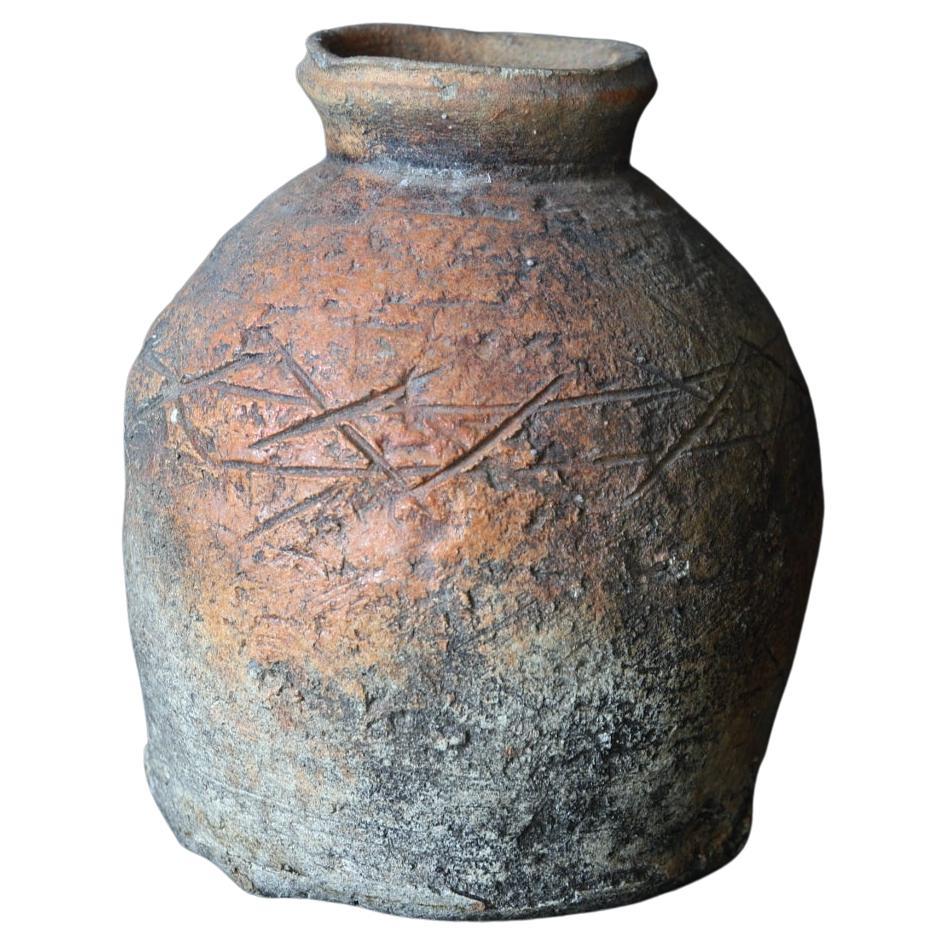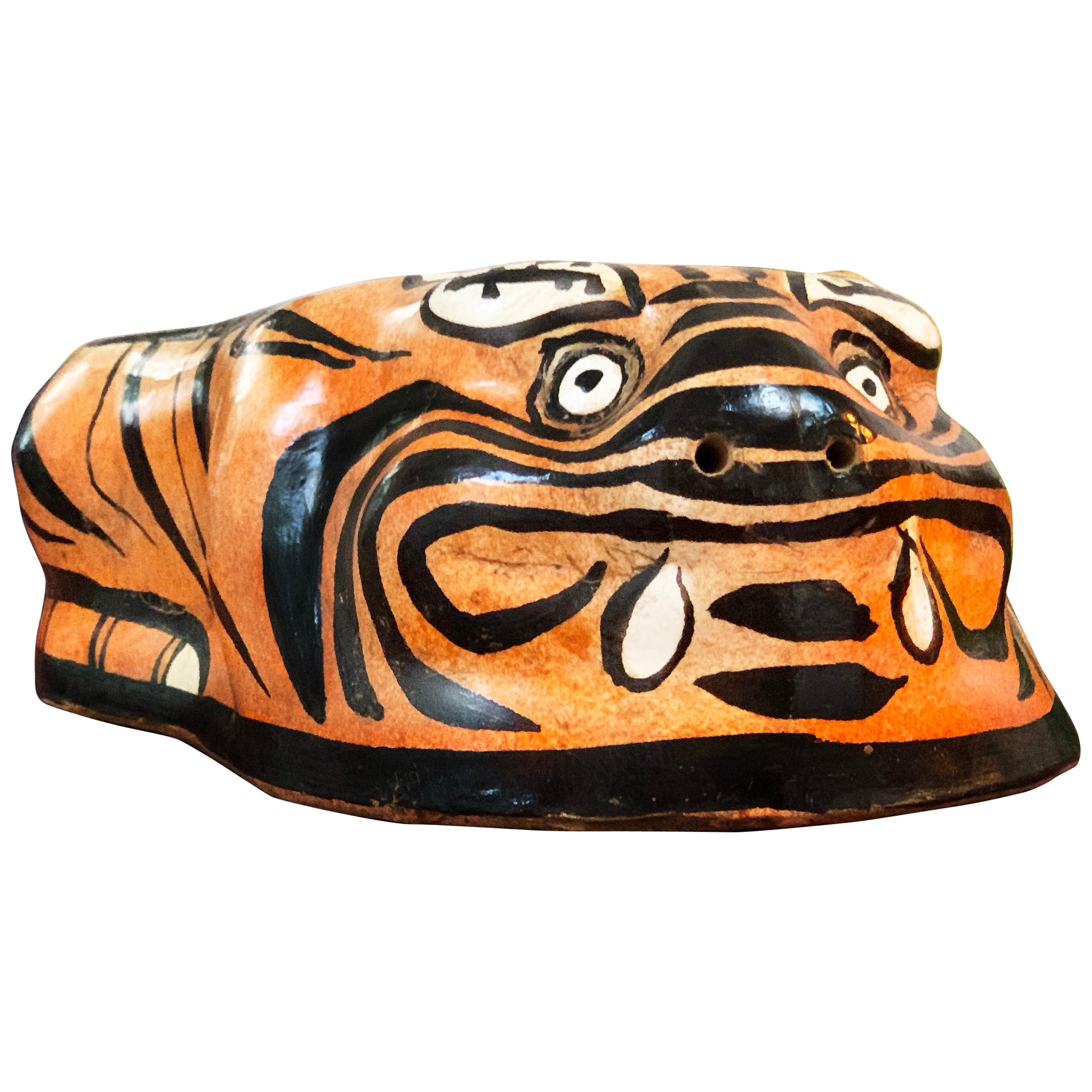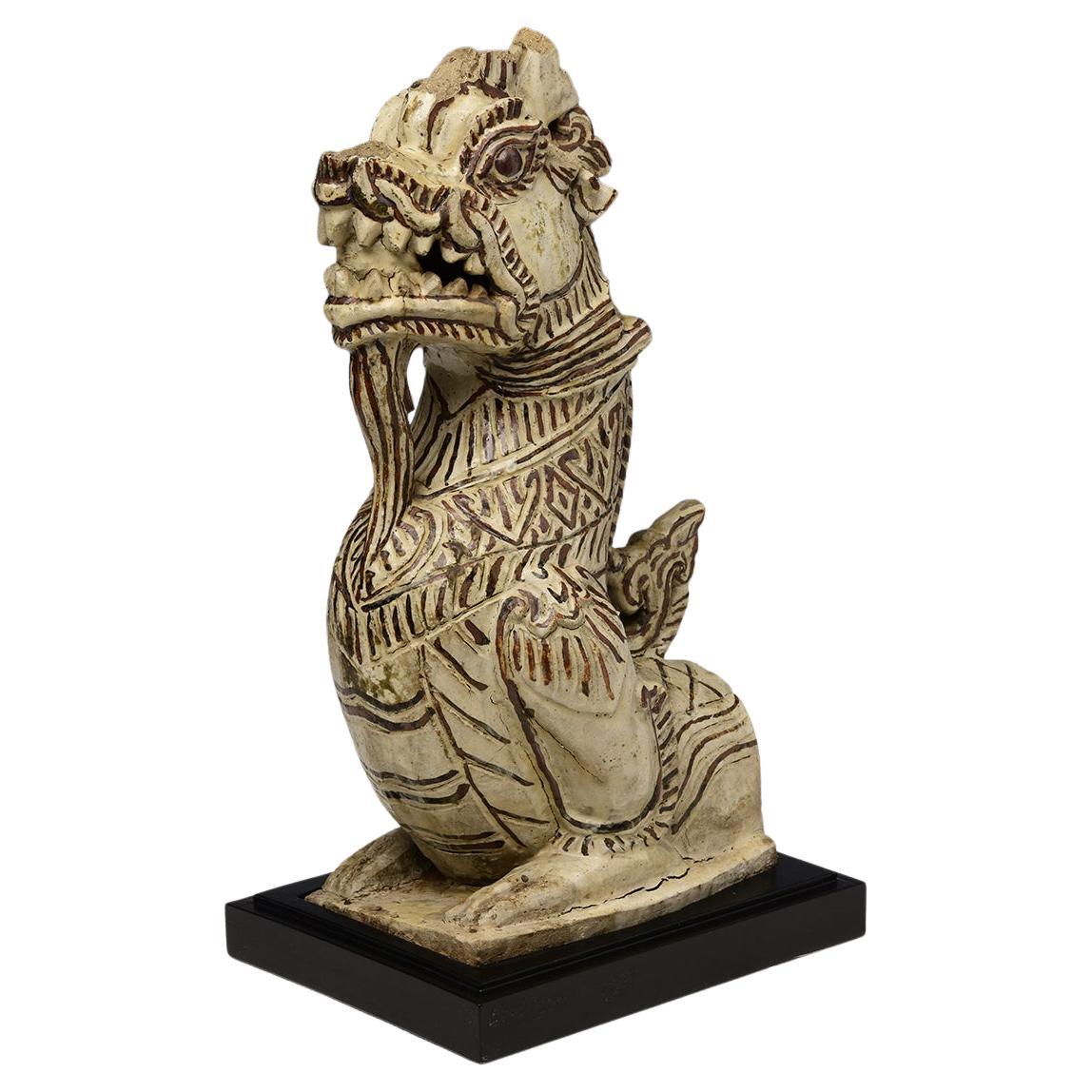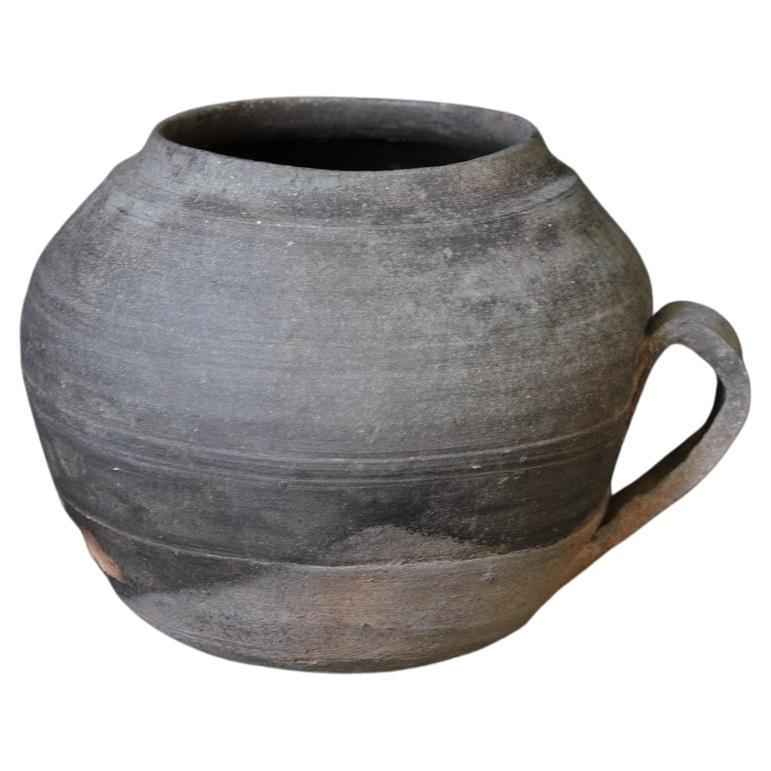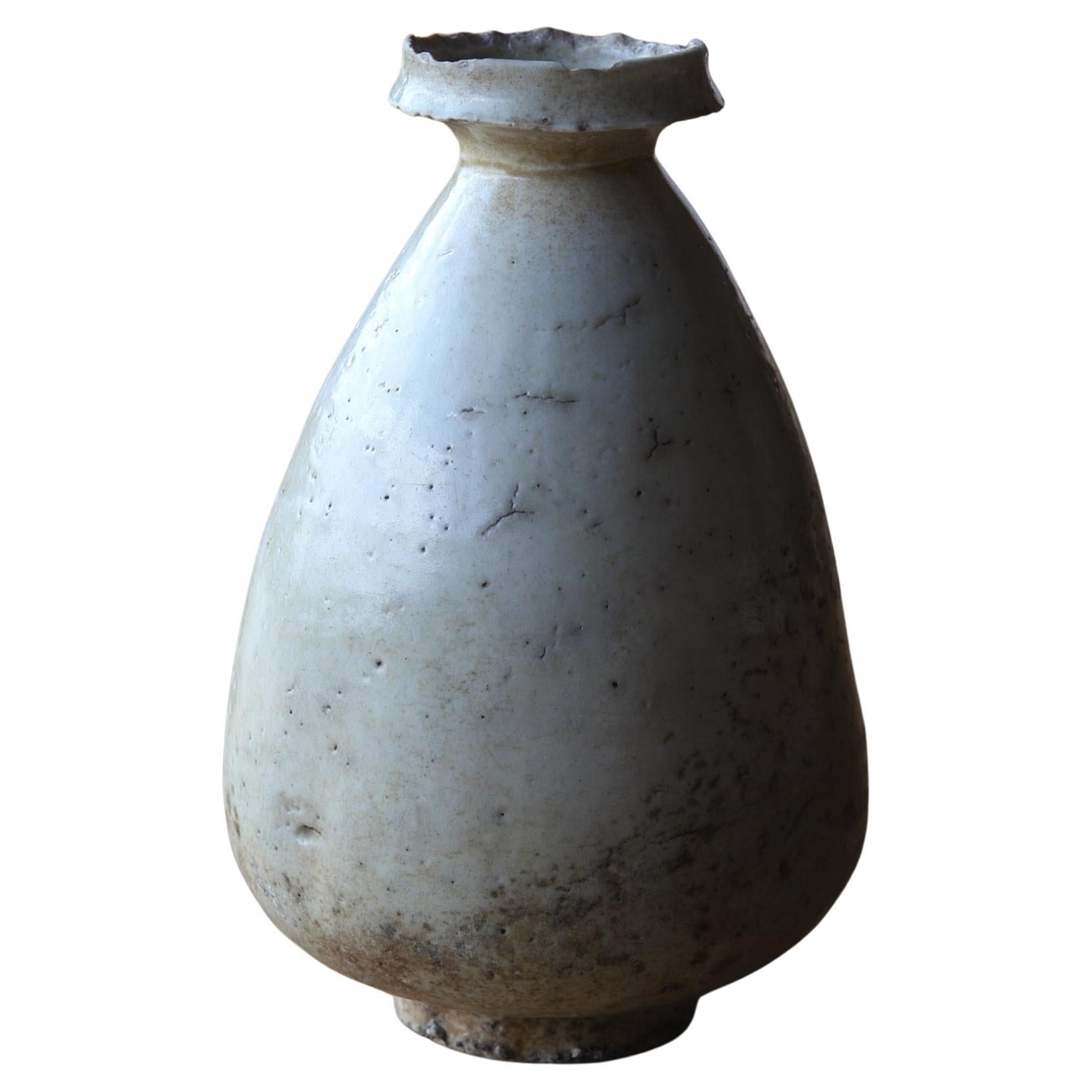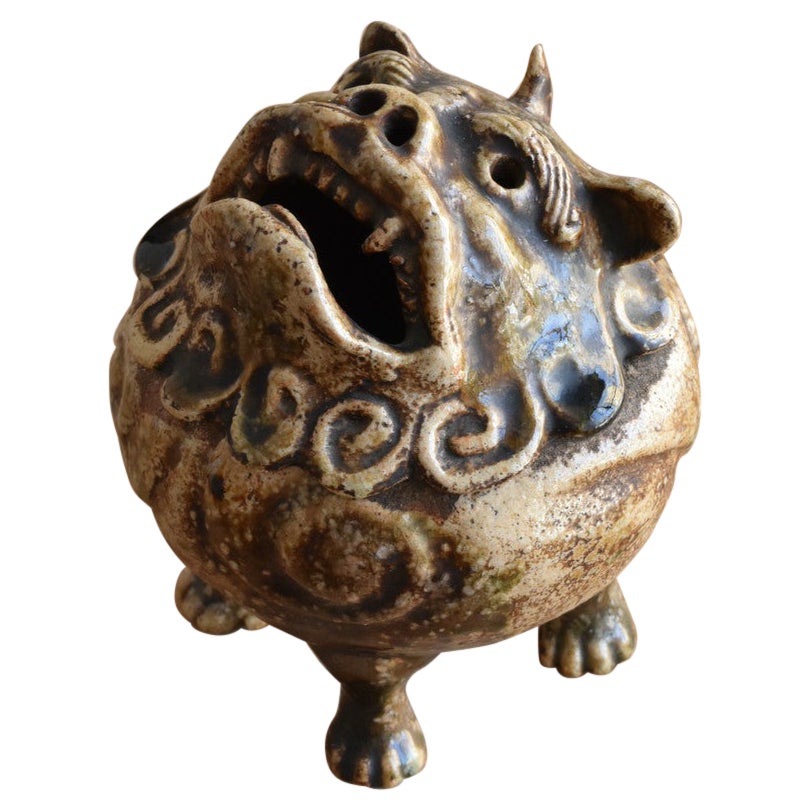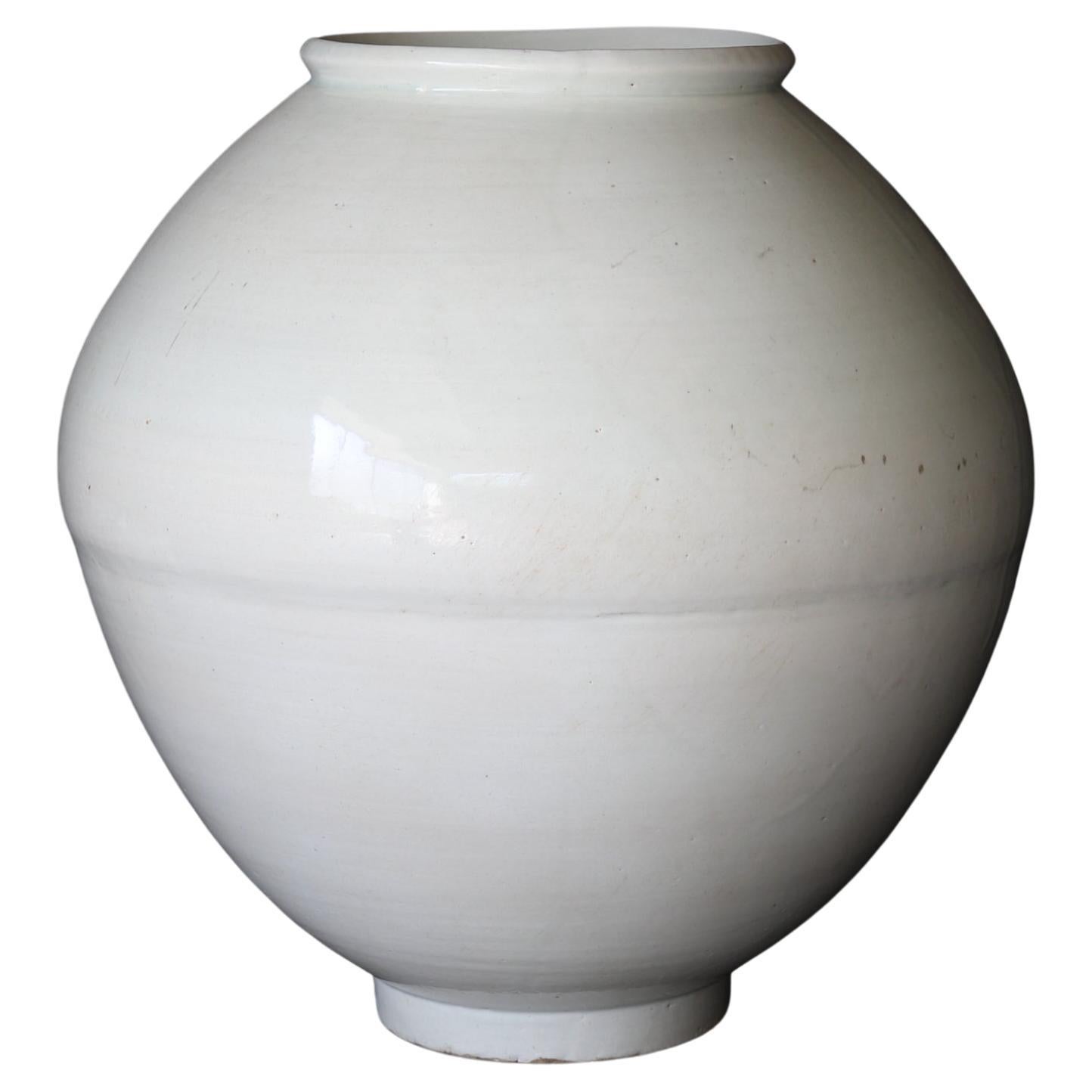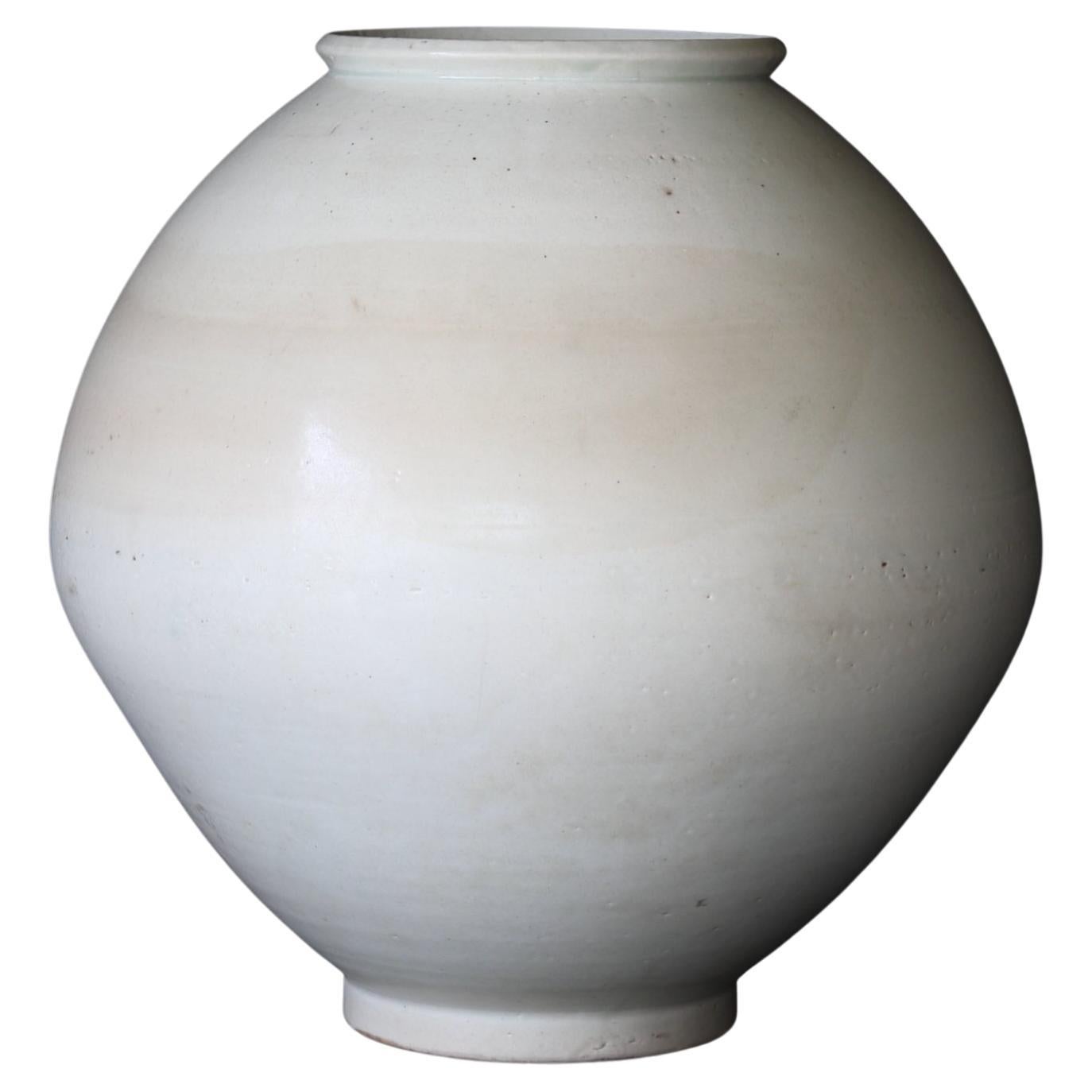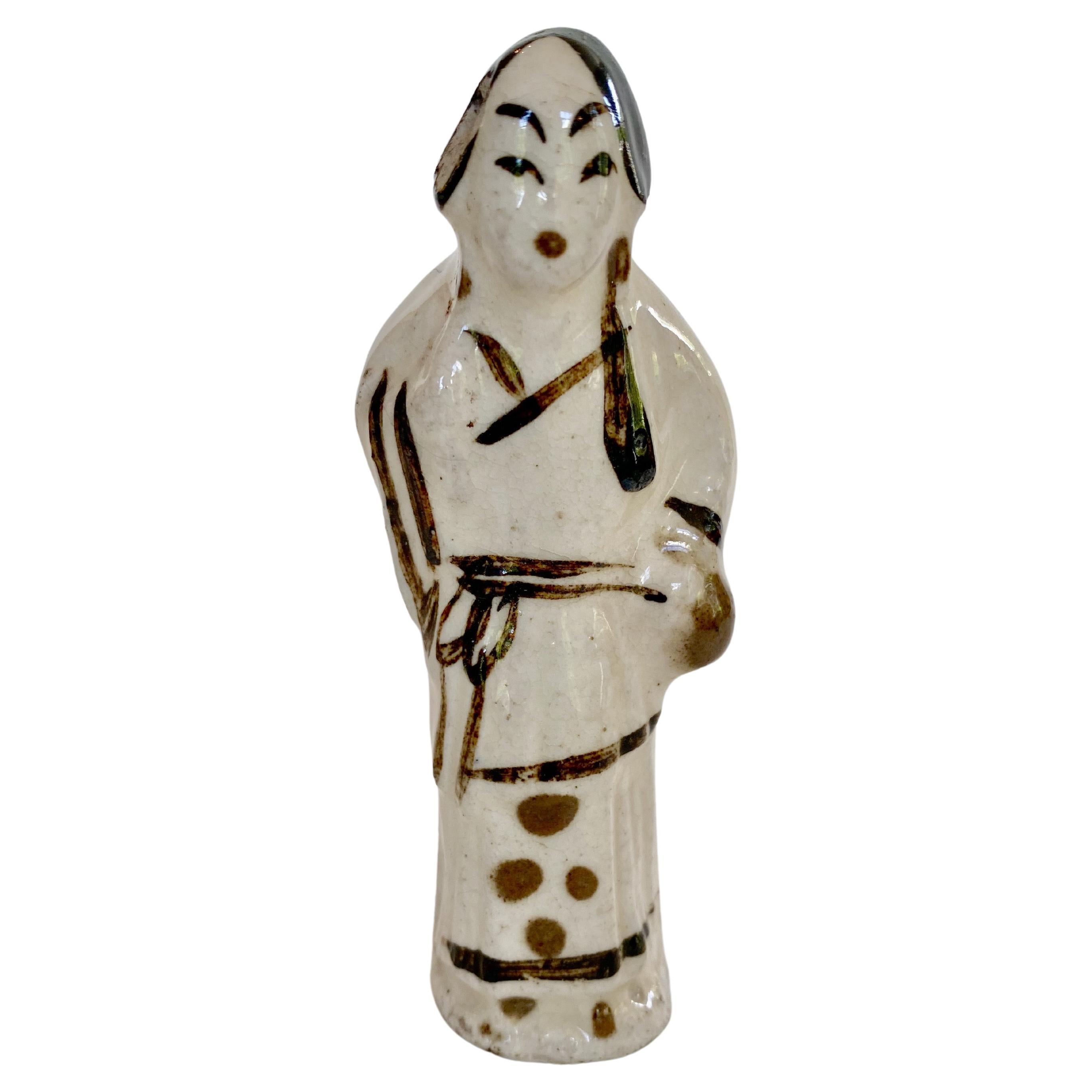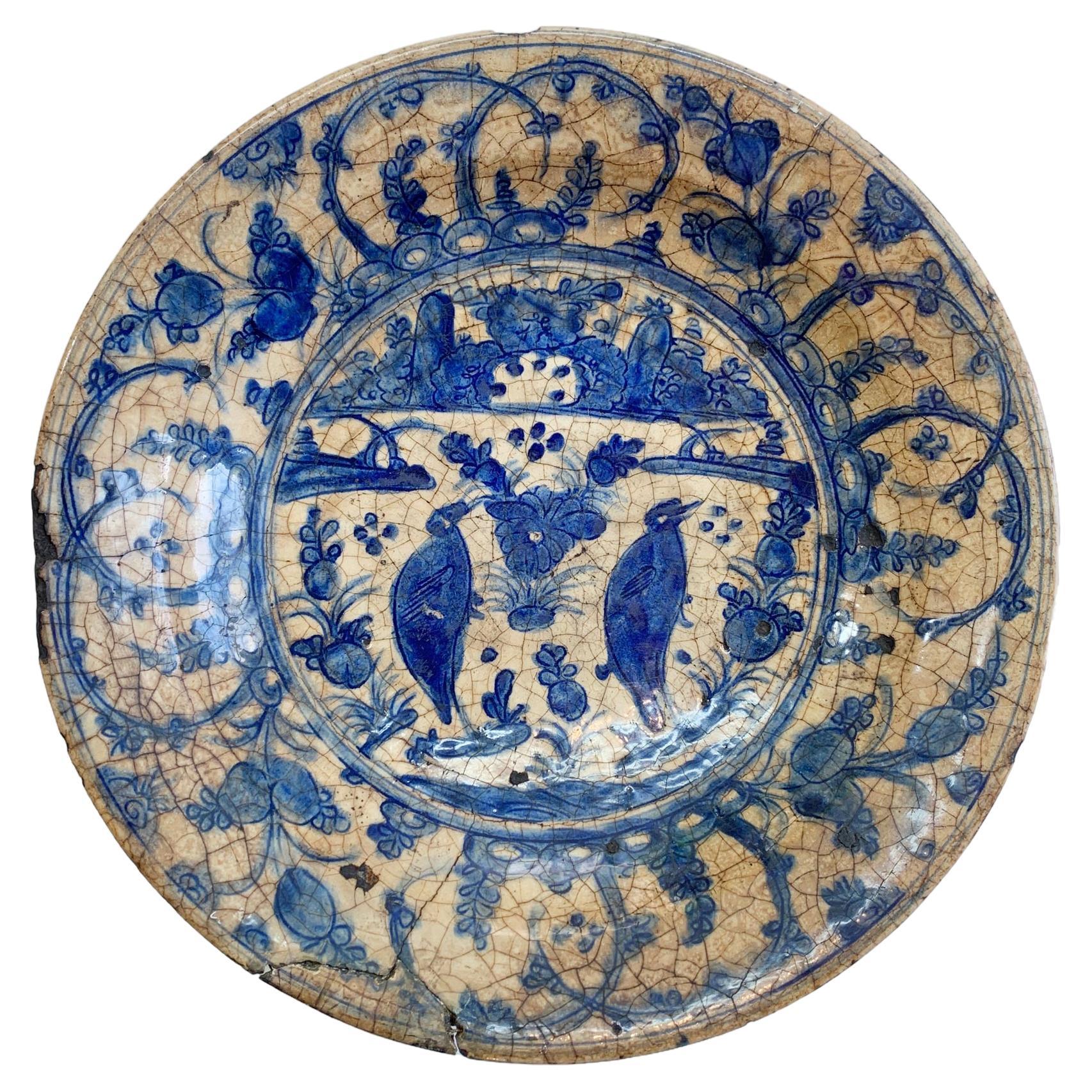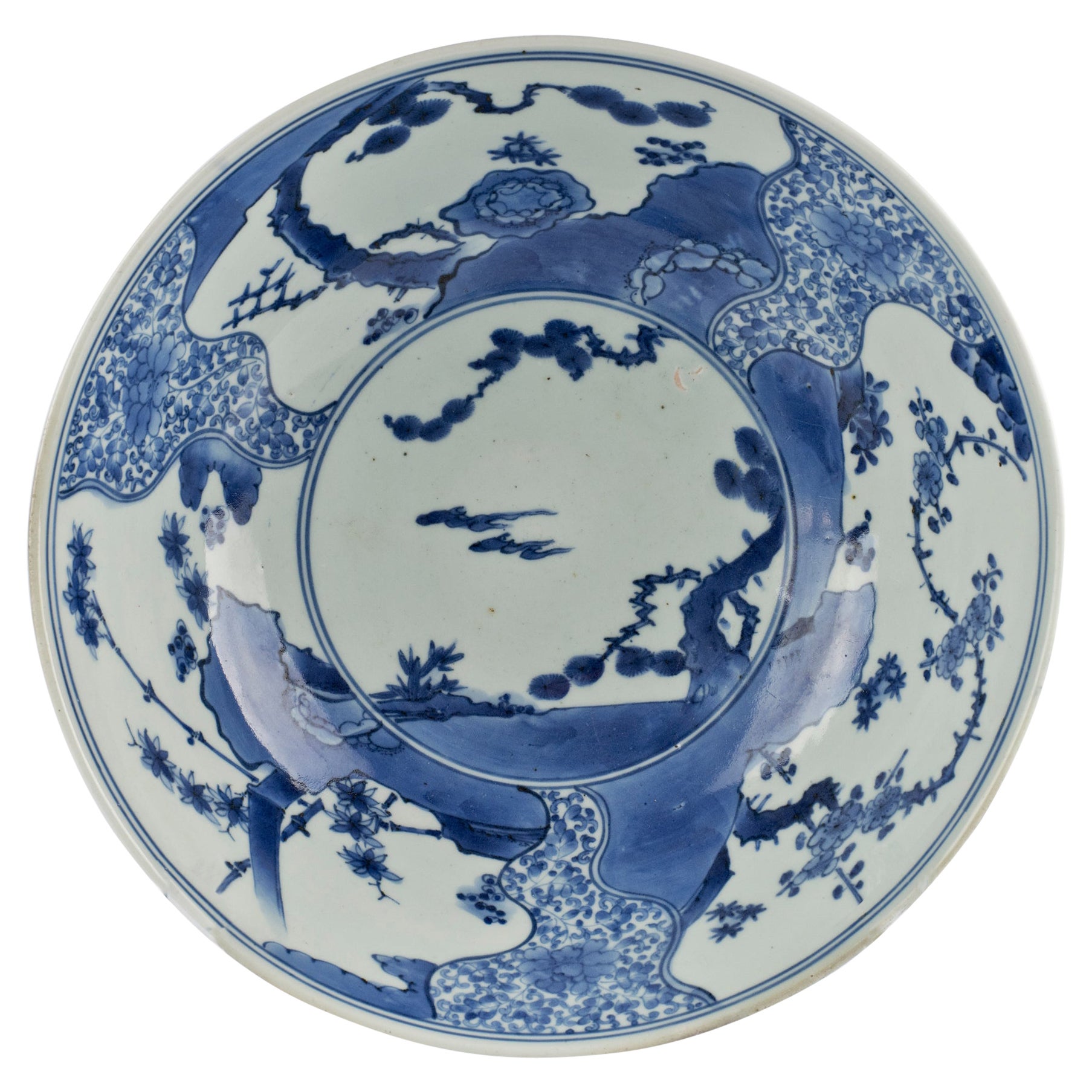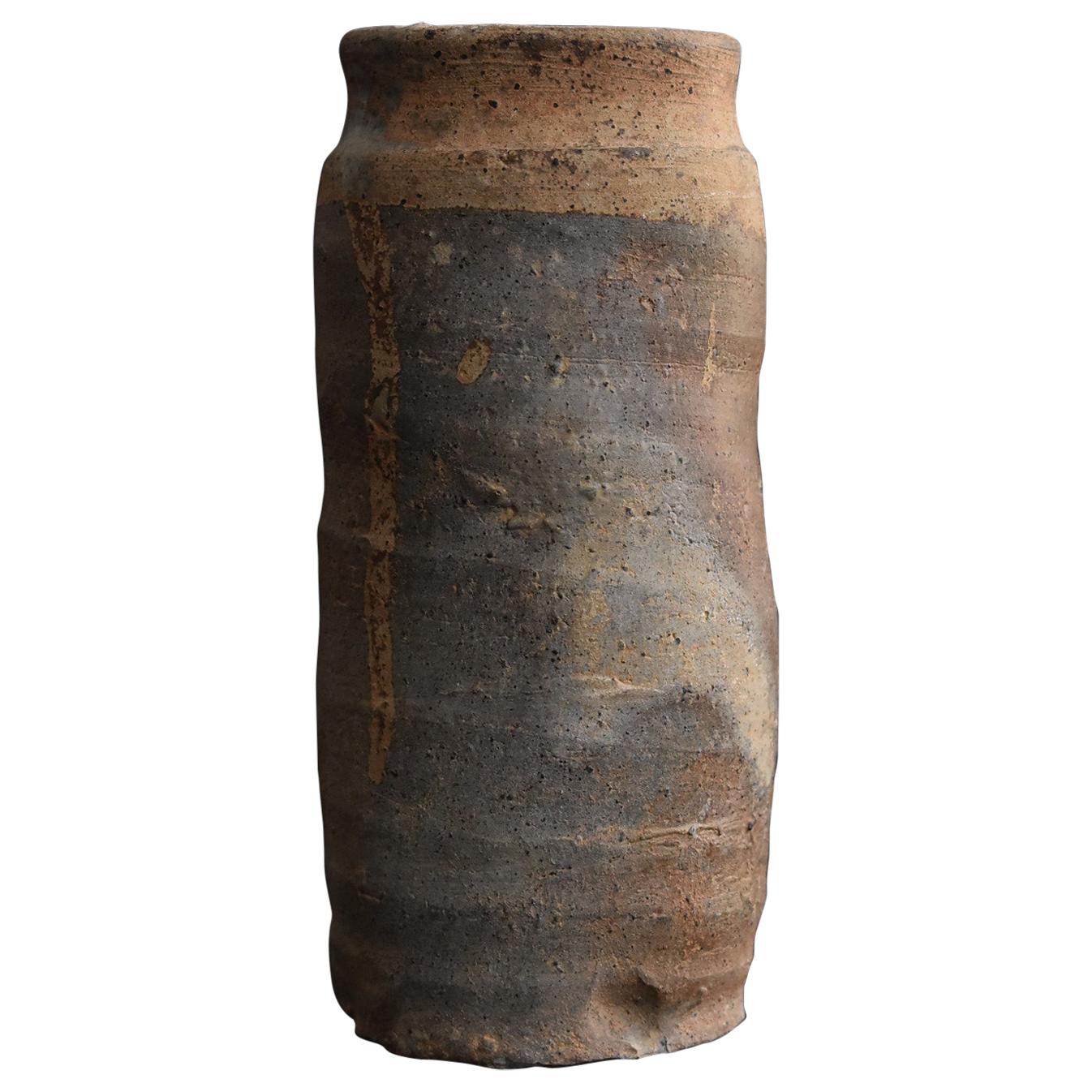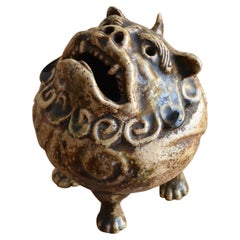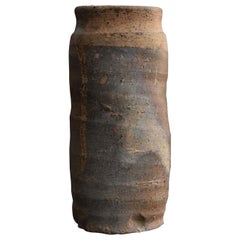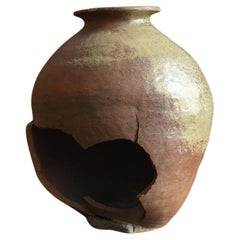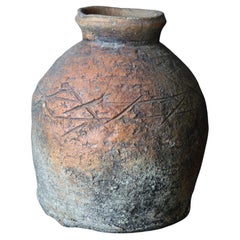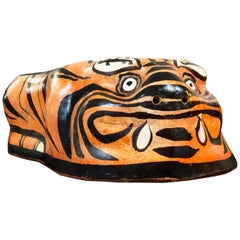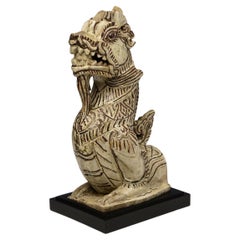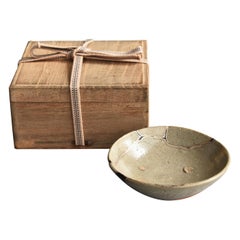
Old Japanese Pottery "Karatsum Ware" 16th-17th Century / Kintsugi Plate
View Similar Items
Want more images or videos?
Request additional images or videos from the seller
1 of 20
Old Japanese Pottery "Karatsum Ware" 16th-17th Century / Kintsugi Plate
About the Item
- Dimensions:Height: 1.58 in (4 cm)Diameter: 4.34 in (11 cm)Length: 1.58 in (4 cm)
- Style:Edo (Of the Period)
- Materials and Techniques:
- Place of Origin:
- Period:
- Date of Manufacture:1573-1650
- Condition:
- Seller Location:Sammu-shi, JP
- Reference Number:1stDibs: LU5487223706362
About the Seller
5.0
Platinum Seller
These expertly vetted sellers are 1stDibs' most experienced sellers and are rated highest by our customers.
Established in 2015
1stDibs seller since 2020
1,105 sales on 1stDibs
Typical response time: 4 hours
More From This SellerView All
- Japanese antique pottery lion-shaped incense burner / 17th - 18th century / EdoLocated in Sammu-shi, ChibaThis is a Japanese "Seto" fired pottery incense burner. Seto is a kiln with a long history in Aichi Prefecture, Japan. (Seto kilns are marked with red circles on the map.) It is said...Category
Antique 17th Century Japanese Edo Antiquities
MaterialsPottery
- Antique Vases in Southern China / Small Vases / 16th to 17th CenturiesLocated in Sammu-shi, ChibaIt is believed that pottery baked in southern China in the early Ming dynasty was imported into Japan. It is a small size. The upper part is slightly ...Category
Antique 15th Century and Earlier Chinese Ming Antiquities
MaterialsPottery
- Japanese antique pottery "Tamba" ware/15th to 16th century/rare JarLocated in Sammu-shi, ChibaI would like to introduce rare and interesting Japanese antique pottery. This is called "Tamba ware" in Japan. Tamba is a historic kiln located in Hyogo prefecture, Japan. (The part ...Category
Antique 15th Century and Earlier Japanese Other Vases
MaterialsPottery
- Japanese Old Pottery Dog 1940s-1960s / Figurine Sculpture Wabi SabiLocated in Sammu-shi, ChibaThis is an old Japanese ceramic dog. It is a figurine from the mid-Showa period (1940s-1960s). Although unnamed, it has a cute expression and goo...Category
Vintage 1950s Japanese Showa Antiquities
MaterialsPottery
- Japanese antique pottery bowl/17th century - 18th century/Karatsu "Katakuchi" boLocated in Sammu-shi, ChibaKaratsu is a historic kiln located in Saga prefecture during the Momoyama period (1573~). The location of the Karatsu kiln is indicated by a red circle in the photo. This is a "katak...Category
Antique 17th Century Japanese Edo Pottery
MaterialsPottery
- 1610-1640/Japanese White Porcelain Blue and White Vase/"Imari Ware"/Sake BottleLocated in Sammu-shi, ChibaI bought a very nice vase with white porcelain and blue dye. This is a sake bottle called Imari ware in Japan. Imari ware is a kiln with a long history that began in the 17th cen...Category
Antique Early 17th Century Japanese Edo Bottles
MaterialsPorcelain
You May Also Like
- Antique Shigaraki Jar "Uzukumaru"/Japanese Vase/14th-16th Century/Wabi-SabiLocated in Kyoto-shi, KyotoDuring the Muromachi Period (1392–1573), the concept of wabi-sabi was formed from the tea ceremony culture. Shigaraki ware was greatly influenced by the aesthetic sense of tea mas...Category
Antique 15th Century and Earlier Japanese Antiquities
MaterialsCeramic
- Jin Dynasty Cizhou Ware Crouching Tiger Pottery Pillow, 12th-century, ChinaLocated in Brooklyn, NYChinese Jin Dynasty 12th Century Cizhou Ware Crouching Tiger Pottery Pillow .Tiger pillow, Jin dynasty, 12th century (circa 1150) The pillow is assembled ...Category
Antique 15th Century and Earlier Chinese Ming Antiquities
MaterialsCeramic
$15,780 Sale Price60% Off - 14th-16th Century, Sukhothai, Antique Thai Sukhothai Stoneware NagaLocated in Sampantawong, THAntique Sukhothai stoneware Naga. Age: Thailand, Sukhothai Period, 14th - 16th Century Size of Naga only: Height 38.5 cm. / width 16.3 cm. / length 19 cm. Size including stand: Heig...Category
Antique 15th Century and Earlier Thai Antiquities
MaterialsPottery
$1,720 Sale Price20% Off - Sue Ware /Antique Japanese vase/4th-8th century/Wabi-sabiLocated in Kyoto-shi, KyotoThis cup is an example of the type of stoneware known as Sue ware, produced from the middle of the fifth until the fourteenth century in Japan. This produc...Category
Antique 15th Century and Earlier Japanese Antiquities
MaterialsPottery
- White Porcelain Vase / 17th Century / Korean Antiques / Joseon DynastyLocated in Kyoto-shi, KyotoThis product is a white porcelain bottle from the Joseon Dynasty. People in those days used bottles like this to make soap from waste oil. With use, the porcelain frayed and curle...Category
Antique 17th Century Antiquities
MaterialsCeramic, Porcelain
- Moon Jar 'Dalhanari', Lot3 / 17th Century / Korean Antiques / Joseon DynastyLocated in Kyoto-shi, KyotoThis is a white porcelain jar from the mid-Joseon period, also known as a "Talhunari" or "moon jar". During the Joseon Dynasty, which was strongly influenced by Confucianism, the purity of white porcelain was particularly prized in its artistic expression due to its Confucian sensitivity. The defining characteristic of white porcelain during this period was its pure white color, but there were many subtle variations in the white hues, with some being classified as milky white, snowy white, ashen white, and bluish white. The term "Talhunari" means "moon jar" in Korean, and it refers to the large, round shape of the jar, resembling a full moon. It was named by Kim Whanki, a representative abstract painter of Korea. The soft, curving lines and sturdy body that seems to embrace the full moon give the jar both power and tranquility. This type of jar was produced in large quantities during the 17th century. The white of the moon jar is not the pure white of early Joseon porcelain...Category
Antique 17th Century Korean Ceramics
MaterialsCeramic, Porcelain
Recently Viewed
View AllMore Ways To Browse
Old Asian Silver
Momoyama Period
Edo Period Pottery
Lacquer Ware
Japanese Pottery Plate
Small Japanese Lacquer Box
Kintsugi Japanese
Antique Sweets
Asian Painted Plate Black
17th Century Wooden Box
17th Century Wooden Boxes
Kintsugi Japan
Japanese Lacquer Ware
Box Alcohol
Kintsugi Antique
Antique Kintsugi
Kintsugi Pottery
Potpourri Box
